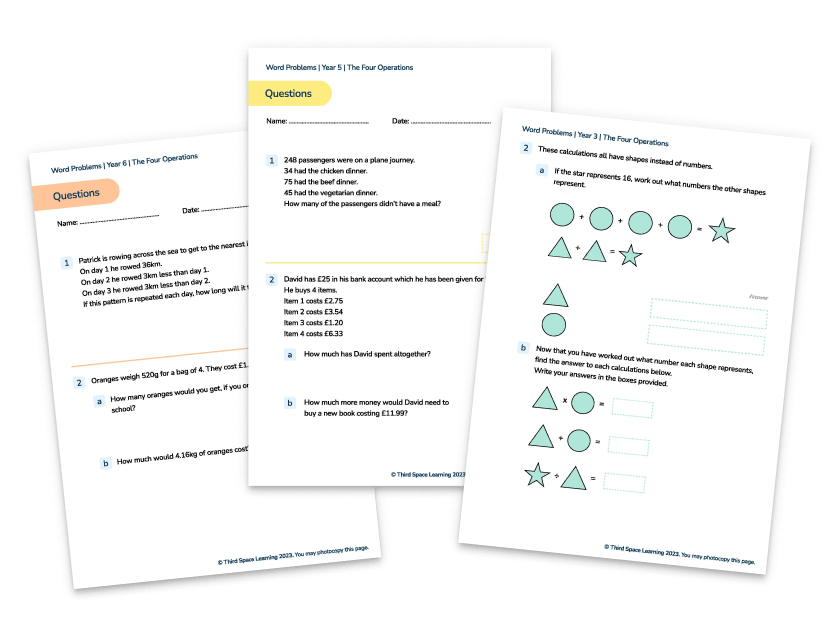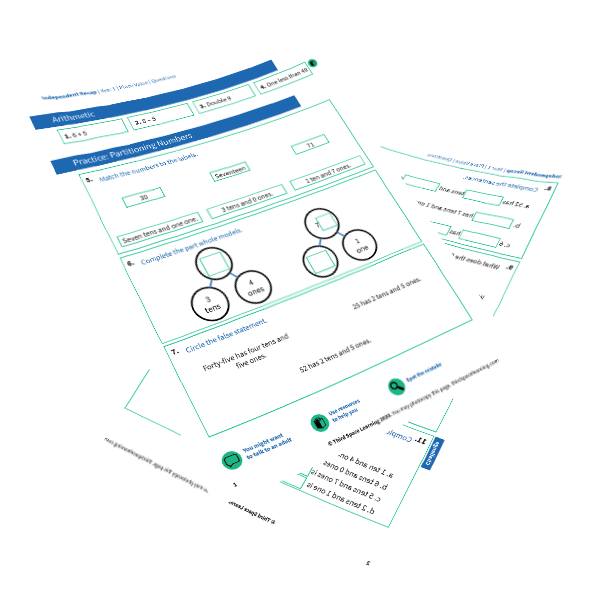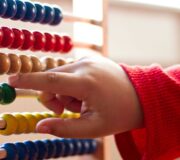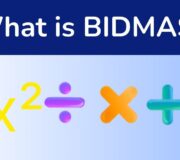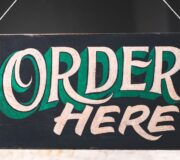What Are Number Bonds? Explained For Primary Parents And Kids
Number bonds are pairs of numbers that can be added together to make another number, for example, 4 + 6 = 10. They are some of the most basic and most important parts of maths for children to learn.
What are number bonds?
A number bond is a pair of numbers that always add together to make another, larger, number. Children are introduced to this concept through number bonds to 10:
- 0 + 10
- 1 + 9
- 2 + 8
- 3 + 7
- 4 + 6
- 5 + 5
These are the foundations of many other key number bonds – if children can fluently recall their number bonds to 10, they can calculate number bonds to other multiples of 10.
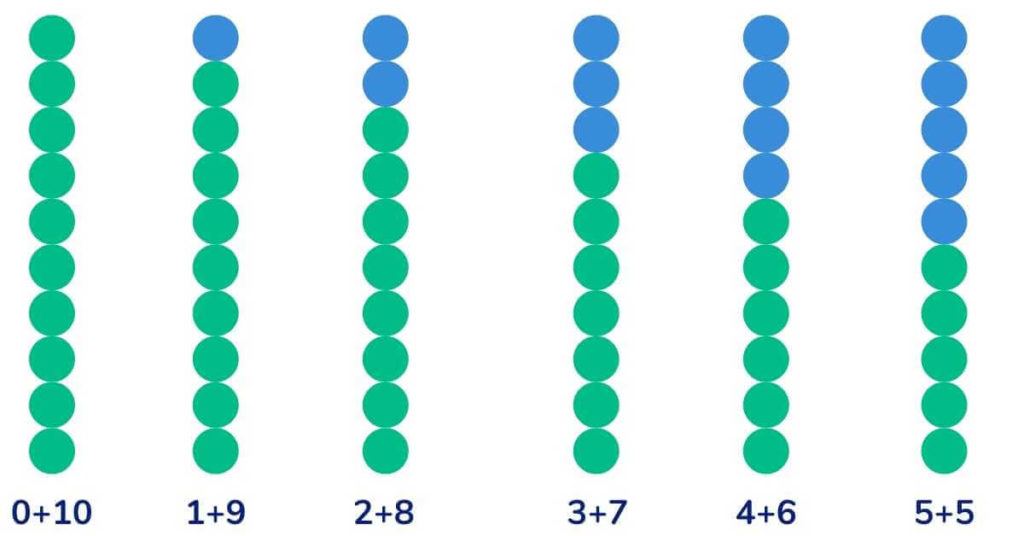
This can then be developed to larger multiples of 10 (such as multiples of 100) and even decimal number bonds (e.g. 0.3 + 0.7 = 1). Children should also be able to calculate the corresponding subtraction facts for these number bonds, e.g. if 1 + 9 = 10, then 10 – 1 = 9 and 10 – 9 = 1.
Read more: Teaching Addition & Subtraction at KS2
FREE Partitioning Numbers Worksheet
This time-saving worksheet is for Year 1 partitioning numbers and includes 4 arithmetic questions, 9 consolidation questions, and 1 challenge question.
Download Free Now!Number bonds to 10
The number bonds to 10 are
- 0 + 10
- 1 + 9
- 2 + 8
- 3 + 7
- 4 + 6
- 5 + 5
- 6 + 4
- 7 + 3
- 8 + 2
- 9 + 1
- 10 + 0
Number bonds to 20
The number bonds to 20 are
- 0 + 20
- 1 + 19
- 2 + 18
- 3 + 17
- 4 + 16
- 5 + 15
- 6 + 14
- 7 + 13
- 8 + 12
- 9 + 11
- 10 + 10
- 10 + 10
- 11 + 9
- 12 + 8
- 13 + 7
- 14 + 6
- 15 + 5
- 16 + 4
- 17 + 3
- 18 + 2
- 19 + 1
- 20 + 0

Unlimited primary maths tutoring with Skye, the voice-based AI maths tutor.
Built on the same principles, pedagogy and curriculum as our traditional tutoring, but with more flexibility, reach and lower cost.
Join the schools already helping hundreds of primary pupils nationwide with Skye’s one to one maths tutoring.
Watch Skye in actionNumber bonds to 100
Number bonds to 100 are pairs of numbers that add together to make 100 such as 20 + 80, or 55 + 45. To find the number bond pair for any number use your knowledge of number bonds to 10 to work out first what the matching unit or ‘ones’ would be to bridge to the next ten and then, what the number pair would be for the tens.
So for example to find the number bond to 100 of 36, you first add 4 to reach 40, then add 60 to reach 100. So the number bond to 100 of 36 is 64.
When will my child learn about number bonds in primary school?
Your child may already have come across number bonds in EYFS, but the National Curriculum introduces the concept at Key Stage 1 in Year 1, where children will represent and use number bonds and related subtraction facts within 20.
The non-statutory guidance also advises that Year 1 pupils memorise and reason with number bonds to 10 and 20 in several forms (for example, 9 + 7 = 16; 16 – 7 = 9; 7 = 16 – 9). The NC states that by the end of year 2, pupils should know the number bonds to 20 and be precise in using and understanding place value. An emphasis on practice at this early stage will aid fluency.
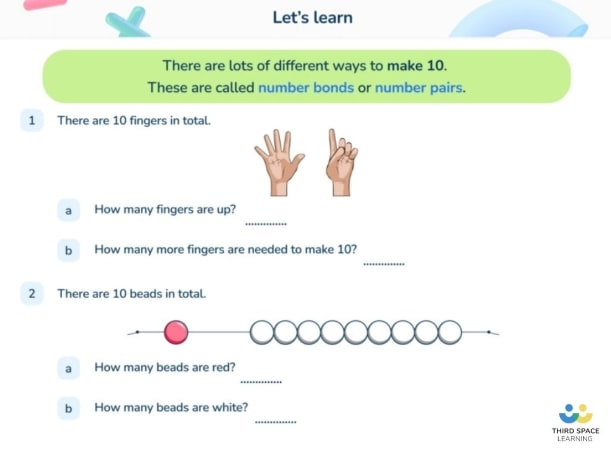
Wondering about how to explain other key maths vocabulary to your children? Check out our Primary Maths Dictionary, or try these other terms related to number bonds:
- What Is Column Addition?
- What Is Column Subtraction?
- How To Teach Subtraction Year 5
- How To Teach Addition Year 5
- Addition and Subtraction Worksheets
- What Is Subitising?
Number bonds practice questions
1. Complete these addition sums. One is done for you.
3 + 7 = 10
33 + __ = 40
__ + 7 = 80
(Answer: 7 and 73)
2. Write missing numbers on the lines to make this correct.
60 + __ = 100 = 20 + ___
(Answer: 40 and 80)
3. Write the next three sums in the pattern:
1 + 9 = 10
2 + 8 = 10
3 + 7 = 10
(Answer: 4+6, 5+5, 6+4)
4. Use your knowledge of number bonds to answer this calculation:
7 + 2 + 1 + 8 + 9 + 3
(Answer: 30)
Number bonds games
Number bonds are often taught in school through maths games and maths problems. As well as these number bonds to 10 activities we also have several games specifically for practising number facts and number bonds including these fun maths games for kids at home or school, KS1 maths games, Key Stage 2 maths games and then these mental maths games.
You can also use manipulatives to develop practice number bonds in a hands-on way, such as a tens frame.
Number bonds worksheets
Take a look at the Third Space Learning Maths Hub to get access to hundreds of free resources and premium maths worksheets, including some of the following for number bonds:
- Number bonds CPD videos: Maths in Minutes
- Year 1: Ready to go Lesson Slides and Worksheets (Autumn Block 2)
Number bonds are pairs of numbers that can be added together to make another number, for example, 4 + 6 = 10.
Child may come across number bonds in EYFS, but the primary curriculum introduces the concept in Year 1. By the end of Year 2, pupils should know the number bonds to 20.
Learning number bonds and using them with fluency will help children as they learn addition, subtraction and times tables.
Number bonds are two numbers that add up to a certain number. When we look at number bonds to ten, there are different ways we can partition ten.
For example,
0 + 10 = 10
1 + 9 = 10
2 + 8 = 10
3 + 7 =10
4 + 6 = 10
5 + 5 = 10
6 + 4 = 10
7 + 3 = 10
8 + 2 = 10
9 + 1 = 10
10 + 0 = 10
DO YOU HAVE STUDENTS WHO NEED MORE SUPPORT IN MATHS?
Skye – our AI maths tutor built by teachers – gives students personalised one-to-one lessons that address learning gaps and build confidence.
Since 2013 we’ve taught over 2 million hours of maths lessons to more than 170,000 students to help them become fluent, able mathematicians.
Explore our AI maths tutoring or find out about online maths tuition for your school.
